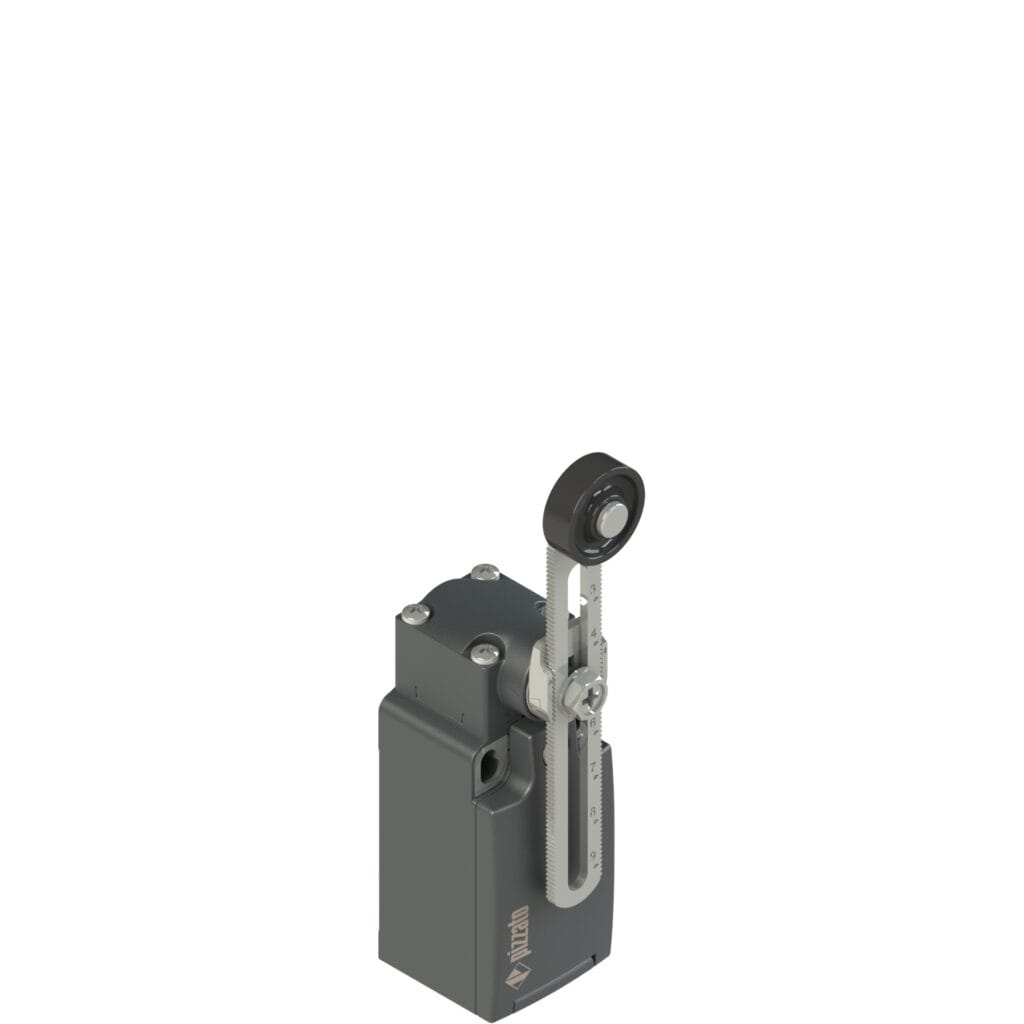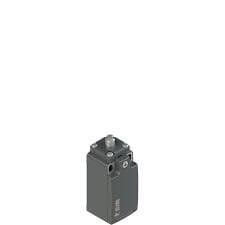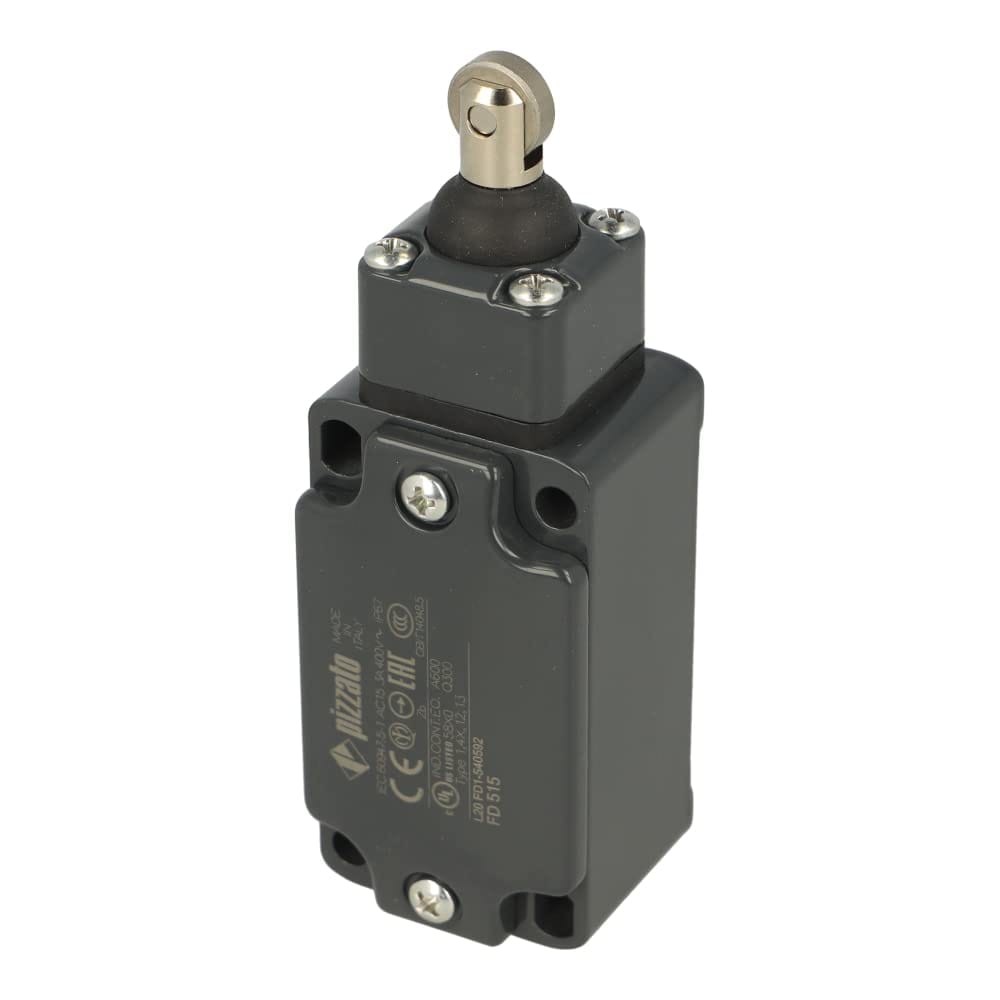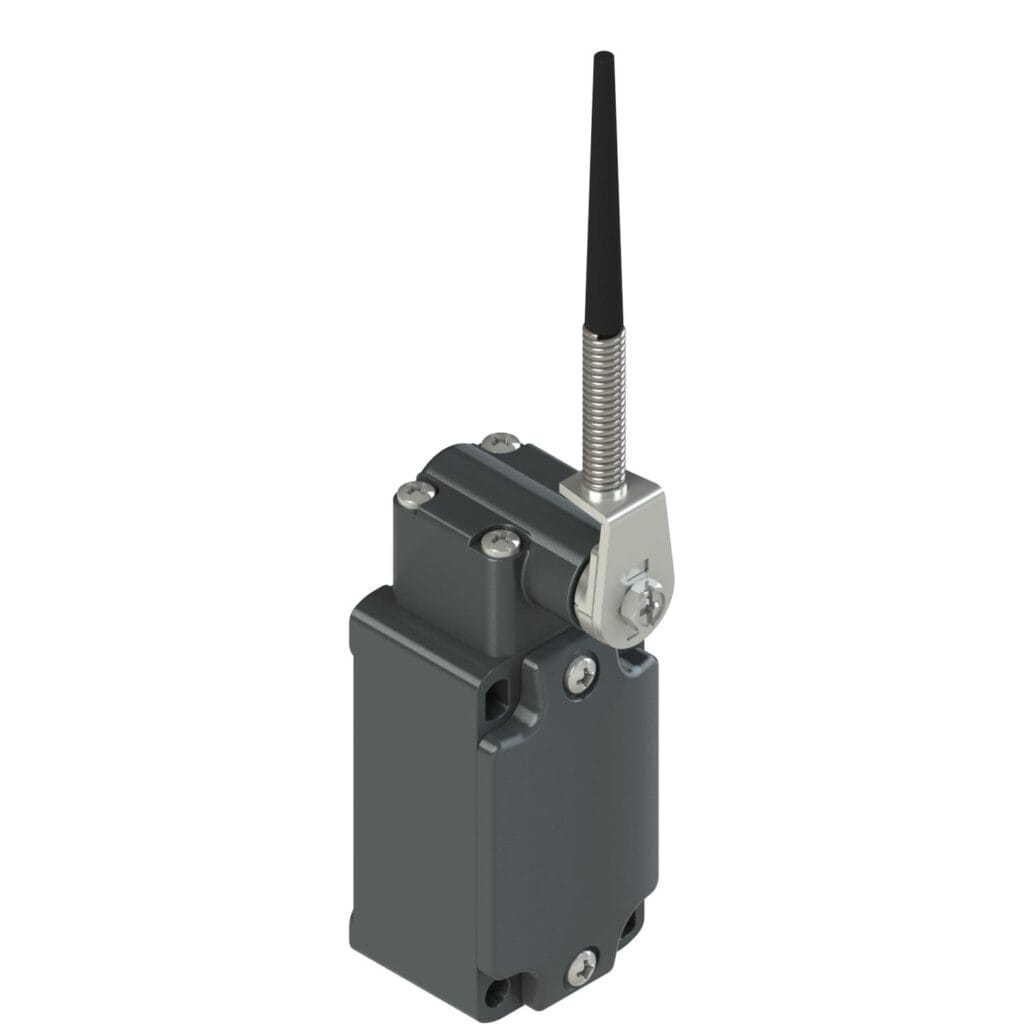Industrial Limit Switch
An industrial limit switch is a robust electromechanical device designed to detect the presence or position of objects or the motion of machine parts within industrial environments.
- Home
- Products
- Industrial Limit Switch
Let us help you
Industrial Limit Switch Overview
Understanding Limit Switches: What They Are and Why They're Still So Relevant Today
Whether you’re working on a packaging line, designing a new machine, or just want to make sure your equipment doesn’t overshoot, limit switches are one of those small components that make a big difference.
What Exactly Is a Limit Switch?
A limit switch is a small but mighty electromechanical device that helps detect the position, travel, or presence of a mechanical part. Think of it as a kind of gatekeeper—it sends a signal when something has reached a certain point, triggering actions like stopping a motor, reversing movement, or even sounding an alarm.
These switches are used everywhere, from elevators and CNC machines to conveyor belts and automated doors.
Types of Limit Switches – And Where They Fit In
While there are many types, most fall under three broad categories:
- Mechanical Limit Switches – Activated by physical contact (our main focus today)
- Non-contact Limit Switches – Use sensors like inductive, capacitive, or optical
- Heavy-duty or Miniature Limit Switches – Built based on environment and space constraints
Let’s Focus on the Most Common One: Mechanical Limit Switches
In almost every factory, workshop, or plant, you’ll find mechanical limit switches being used to detect when a moving part reaches its endpoint.
How Do They Work?
It’s simple but effective.
- A machine part moves and physically presses against the switch actuator (like a lever or roller)
- This changes the state of its internal contacts (open to close or vice versa)
- A signal is then sent to the control system (PLC, relay, etc.) to perform a predefined action—like stopping a motor or triggering a safety response
No programming, no calibration. Just straightforward, reliable feedback.
Different Actuator Types – Pick the Right One for the Job
Actuator Type Best For...

Roller Lever
Low-friction movement, great for conveyors

Plunger
Direct contact, perfect for CNC machines

Roller Plunger
Combines precision and smooth actuation

Whisker Wire
Built for the Environment
Not all switches live the same life. Some operate in clean rooms, while others work in dirt, dust, and chaos and Hazardous area. Here’s how to choose:
- Heavy-duty Switches: Ideal for mining, material handling, outdoor machinery
- Compact/Precision Switches: Small spaces like robotics and instrumentation
- Hazardous-location Switches: Certified for explosive zones like oil refineries (ATEX/IECEx)
Where Are They Used?
- Roller Lever: Conveyor endpoints, object detection
- Plunger: Position limits in CNC or injection molding
- Whisker Wire: Packaging lines, soft-touch applications
- Heavy-duty: Industrial presses, cranes, mining
- Hazard-rated: Grain silos, chemical plants, refineries
Why Choose Mechanical Over Non-Contact?
While sensor-based switches are on the rise, mechanical limit switches still dominate in many applications. Here’s why:
- Simple & Reliable: No coding or calibration
- Easy Maintenance: Quick to install and troubleshoot
- Cost-Effective: Budget-friendly without compromising on durability
- Handles High Loads: Can directly switch motors or relays
- Built to Last: Works fine even in dusty or vibrating environments
Summary: Why They Still Matter
Even in 2025, mechanical limit switches continue to power the heart of automation systems. They’re dependable, budget-friendly, and trusted across industries for basic but critical tasks—position sensing, safety control, and motor feedback.
And with rising demand across manufacturing, energy, and transport, especially in fast-growing regions like Asia-Pacific, the future of limit switches is still very much alive.

